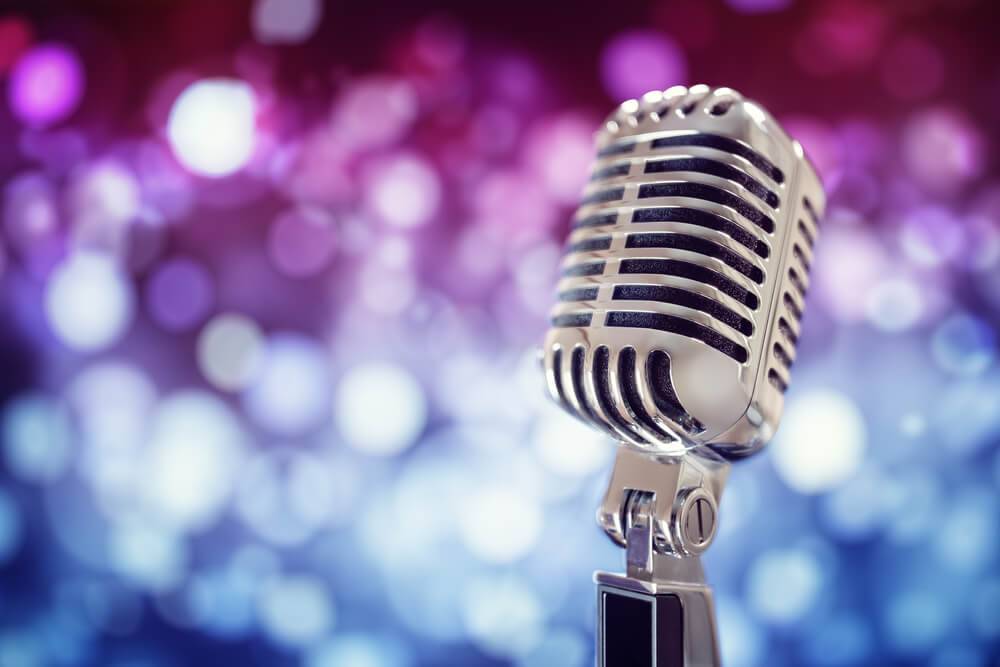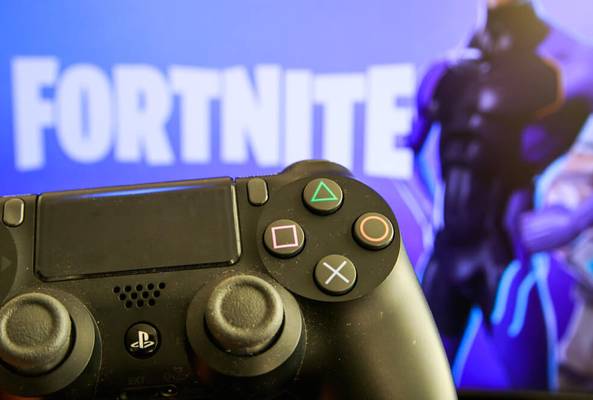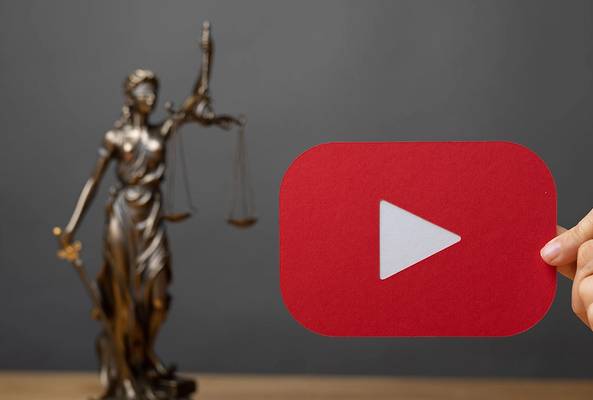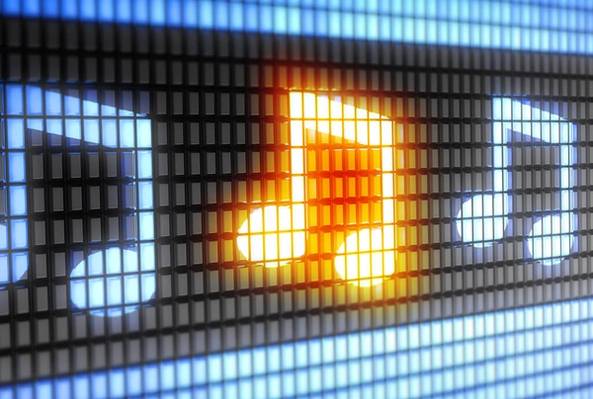Carla Marshall has 10+ years of experience in video marketing, social media management, content marketing, DRM, and SEO. She was previously Editor in Chief at ReelSEO.com, and as a journalist and video marketer, she's covered news stories, creator journeys, and digital-first publishing initiatives across all the major online video platforms. She is YouTube Certified and a judge for the Shorty Awards, as well as the UK, US, Canadian, Global, and EU Search Awards.
The Truth About Using Cover Songs in Your YouTube Videos

Millions of creators on TikTok are used to lip-synching or dancing to any song they choose as background without any legal consequences (not strictly true of course). But using other people’s music in a YouTube video can have serious repercussions. Like getting your channel terminated serious.
YouTube recently confirmed again their policy around using cover songs in your video content with the very clear message that:
If you're singing to, or humming along to, or drumming over a copyrighted melody, then the uploader is wide open to receive a copyright takedown.
Cover Songs on YouTube: What Creators Need to Know
The Creator Insider team from YouTube released a video that breaks down the issues around using other people’s music, including Content ID and copyright claims around cover songs, remixes, and accidental or intentional use of licensed musical compositions. You can watch the video below but here are the main takeaways:
Stop Guessing. Start Growing.
Join 20M+ creators using vidIQ to get more views, subscribers, and success on YouTube.
#1 You Can Get a Copyright Claim Just By Humming a Copyrighted Tune!
YouTube confirms that for every song or musical composition there are two sets of copyright: one belongs to the songwriter or the songwriting team behind the melody, the ones that wrote the music and created the lyrics.
The second copyright protection is for the artist and covers the recording and performance of that song. If you upload a video that features you, or anyone else, humming along to a copyrighted melody that you haven’t sought permission for you are infringing on that copyright and may receive a copyright takedown for doing so.
#2 Creating a Lyric Video Can Also Attract a Copyright Claim
Adding lyrics over a background image to a licensed song without permission is also a big no. They could be claimed by the music publisher, that’s the entity that usually owns the copyright to a composition. The publisher protects the songwriter and that includes the use of the music or lyrics on YouTube.
#3 How About Just Playing an Instrument Over a Song?
A recognisable version of a melody is usually referred to as a ‘Master Recording,’ and copyright covers that tangible asset. If, as a creator, you use clips from that master without seeking written permission, then you may attract a copyright takedown. This includes using snippets in a remix, or singing or playing an instrument over it.
#4 But I Played All the Instruments Myself!
Creators will often dispute a copyright takedown by arguing that they recreated the song by playing all the instruments themselves, or recorded a new voice track. But if the musical composition was used then the publisher or songwriter has a valid claim.
#5 What Cover Music Can be Claimed by the Rights Holder?
The copyright team at YouTube confirmed the following actions by a creator can leave them vulnerable to a copyright claim if the music and lyrics belong to a rights holder (i.e. not in the public domain):
- Acapella versions
- Any use of the master recording in a remix/mash-up
- Humming
- Reading lyrics aloud
- Adding lyrics to the published video
- Re-recording
#6 Fair Use and Parodies of Licensed Songs
Fair Use is a very complicated topic but a judge will use the following when considering any claims:
- The purpose and character of your use
- The nature of the copyrighted work
- The amount and substantiality of the portion taken
- The effect of the use upon the potential market
If a video creator uses a song or changes the lyrics in a way that either provides commentary or ridicules the original, there may be an argument for Fair Use. But Fair Use is not a guarantee and depends entirely on how the creator has interpreted the composition. So, parodies can absolutely be subject to claim.
#7 Cover Songs and Monetization
If you are performing a copyrighted song on YouTube, and are in the partner program, the platform has the ability to share revenue between the publisher and the creator who uploaded the video. That’s known as a cover rev share, even though the new version may not necessarily be a straightforward cover. YouTube wanted to find a way to reward creators by allowing them a monetization option, as long as the rightsholder is in agreement.
Want To Get More Views on YouTube?
If you want to take your YouTube channel to the next level and get more views on YouTube then make sure to download vidIQ. Join over 1 million other users and use vidIQ to help you research YouTube, analyze videos, audit your own channel, and take actionable steps click here to install now!
20k+ 5 Star Reviews
Ready to put this into action?
Use vidIQ to find your next video idea, pick better keywords, and optimize every upload.






